Patents are more than just legal documents—they’re a shield for innovation. In today’s competitive market, protecting your intellectual property (IP) can be the difference between success and obscurity. This is where IPR Solutions come into play. Whether you’re an inventor, a startup, or an established business, understanding patent services can safeguard your inventions and ensure you reap the rewards of your hard work
A patent is a form of legal protection granted by the government to an inventor, giving them the exclusive right to make, use, and sell their invention for a certain period. This means that no one else can commercially exploit the invention without the inventor’s permission. Think of it as a fortress guarding your creative work from unauthorized use.
Why should you bother with patent registration? Imagine spending years developing a groundbreaking technology, only for someone else to steal your idea and profit from it. Patent registration prevents this scenario by legally recognizing you as the inventor, thus ensuring you can control and benefit from your creation.
1. Initial Consultation
The process begins with an initial consultation where IPR Solution experts assess the patentability of your invention.
2. Patent Search
A comprehensive patent search is conducted to ensure that your invention is unique and hasn’t been patented before.
3. Drafting the Patent Application
This step involves meticulously drafting the patent application, including detailed descriptions and claims about your invention.
4. Filing the Patent Application
Once the application is drafted, it’s filed with the relevant patent office.
5. Examination Process
The patent office examines your application, which may involve responding to any objections or queries raised by the examiner.
6. Grant of Patent
If the examination is successful, your patent is granted, providing you with legal protection for your invention.
There are several types of patents you can apply for, depending on the nature of your invention:
Utility Patents
These are the most common and cover new and useful inventions or discoveries.
Design Patents
These protect the unique visual qualities of an object.
Plant Patents
Granted to anyone who invents or discovers and asexually reproduces a distinct and new variety of plant.
The first step is an initial consultation with experts from IPR Solution to assess the patentability of your invention.
The duration can vary, but it typically takes several months to a few years, depending on the complexity of the invention and the thoroughness of the application.
If your application is rejected, you can respond to the examiner’s objections, amend your application, or appeal the decision with the help of a patent attorney.
No, patents are granted for inventions that are novel, non-obvious, and have a practical application. Ideas alone cannot be patented.
Patents are more than just legal documents—they’re a shield for innovation. In today’s competitive market, protecting your intellectual property (IP) can be the difference between success and obscurity. This is where IPR Solutions come into play. Whether you’re an inventor, a startup, or an established business, understanding patent services can safeguard your inventions and ensure you reap the rewards of your hard work
A patent is a form of legal protection granted by the government to an inventor, giving them the exclusive right to make, use, and sell their invention for a certain period. This means that no one else can commercially exploit the invention without the inventor’s permission. Think of it as a fortress guarding your creative work from unauthorized use.
Why should you bother with patent registration? Imagine spending years developing a groundbreaking technology, only for someone else to steal your idea and profit from it. Patent registration prevents this scenario by legally recognizing you as the inventor, thus ensuring you can control and benefit from your creation.
1. Initial Consultation
The process begins with an initial consultation where IPR Solution experts assess the patentability of your invention.
2. Patent Search
A comprehensive patent search is conducted to ensure that your invention is unique and hasn’t been patented before.
3. Drafting the Patent Application
This step involves meticulously drafting the patent application, including detailed descriptions and claims about your invention.
4. Filing the Patent Application
Once the application is drafted, it’s filed with the relevant patent office.
5. Examination Process
The patent office examines your application, which may involve responding to any objections or queries raised by the examiner.
6. Grant of Patent
If the examination is successful, your patent is granted, providing you with legal protection for your invention.
There are several types of patents you can apply for, depending on the nature of your invention:
Utility Patents
These are the most common and cover new and useful inventions or discoveries.
Design Patents
These protect the unique visual qualities of an object.
Plant Patents
Granted to anyone who invents or discovers and asexually reproduces a distinct and new variety of plant.
The first step is an initial consultation with experts from IPR Solution to assess the patentability of your invention.
The duration can vary, but it typically takes several months to a few years, depending on the complexity of the invention and the thoroughness of the application.
If your application is rejected, you can respond to the examiner’s objections, amend your application, or appeal the decision with the help of a patent attorney.
No, patents are granted for inventions that are novel, non-obvious, and have a practical application. Ideas alone cannot be patented.

We are committed to maintaining the highest standards of integrity and professionalism. You can rely on us for transparent, honest, and ethical service.
WhatsApp us